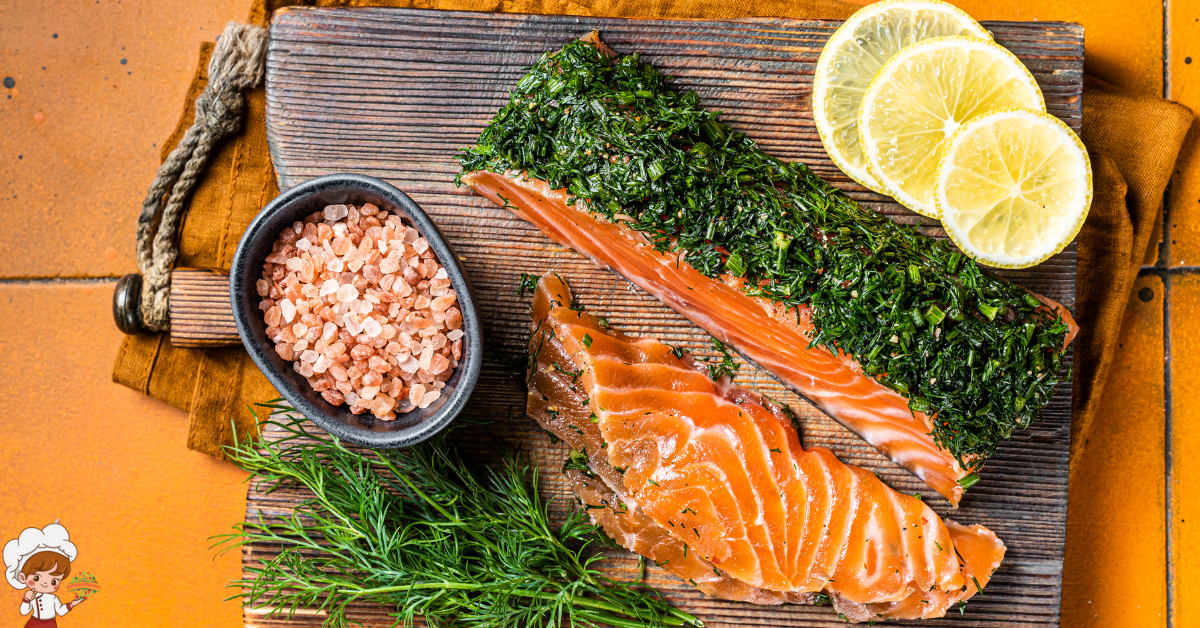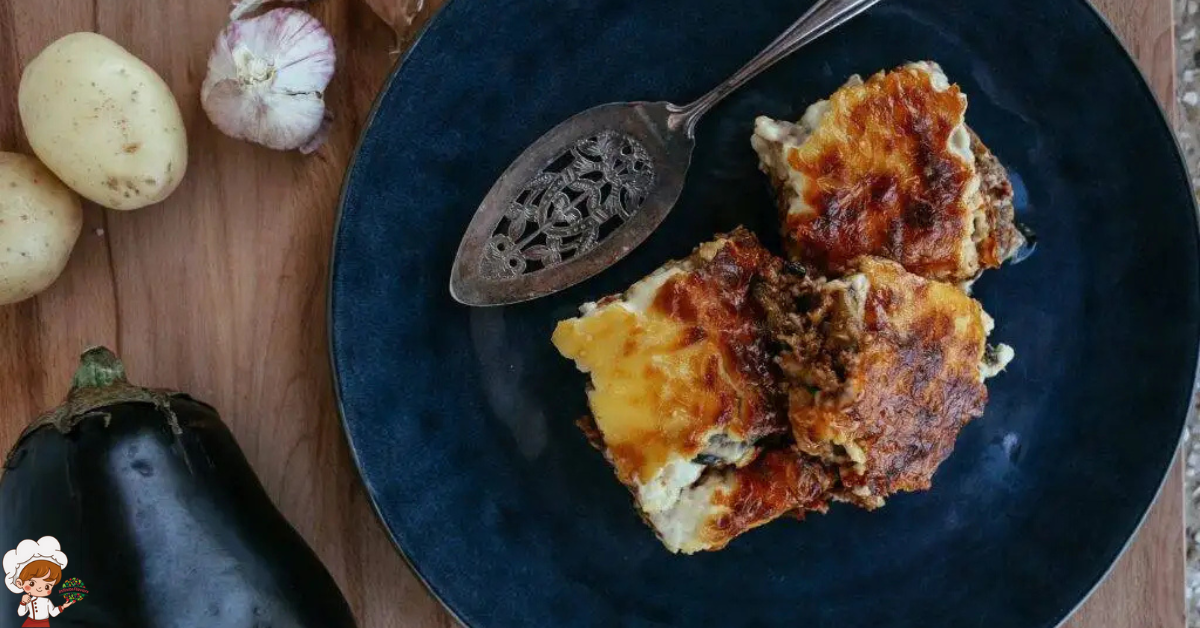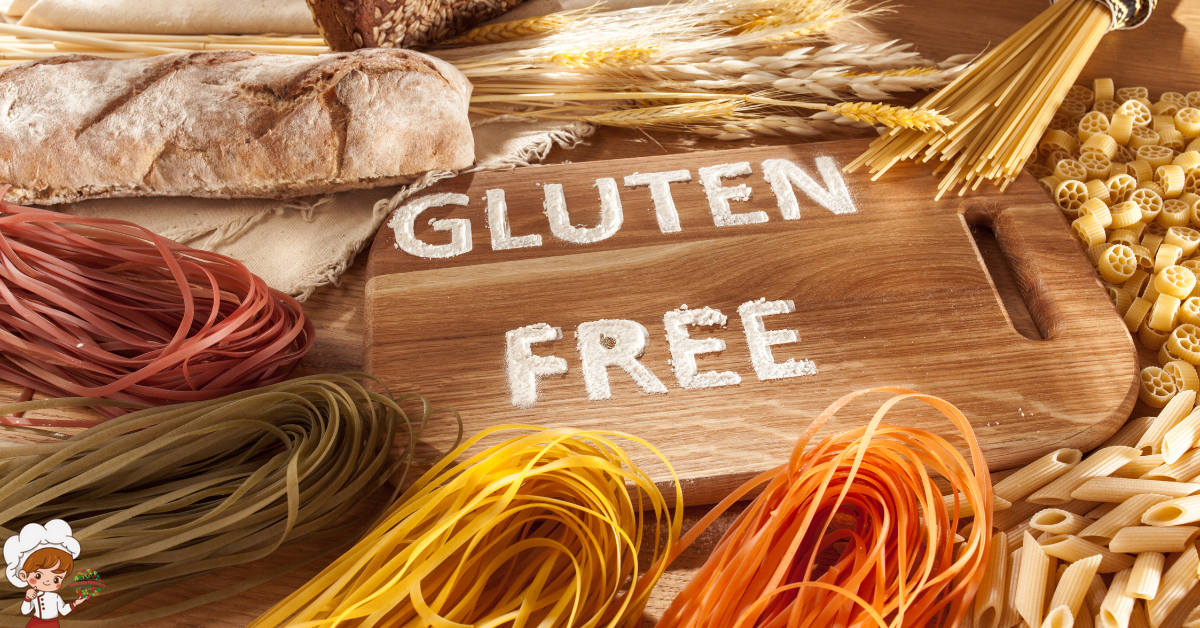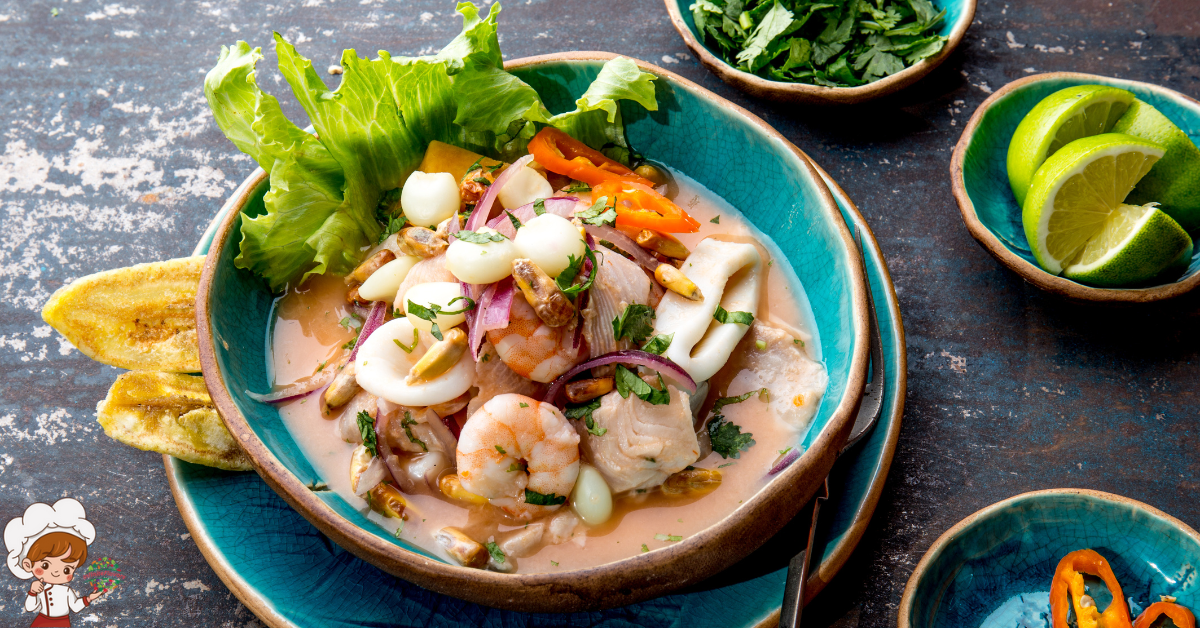What Regional Cuisines Make Up Swedish Food

What Regional Cuisines Make Up Swedish Food; Swedish food is a delightful mix of regional cuisines, each with its own unique flavors. In the south, you’ll find hearty dishes made from fresh vegetables and dairy. Head north, and you’ll taste game meats and fresh fish, showcasing traditional hunting and fishing. The coast boasts seafood specialties like räkmakka and gravlax, reflecting Sweden’s maritime culture. Meanwhile, inland cuisine features root vegetables and wild herbs. Urban areas blend these playful traditions with modern culinary trends. Each regions’ ingredients celebrate the seasons and showcase cultural heritage. Want to uncover even more about these delicious contrasts? Keep exploring to learn more!
Overview of Swedish Regions
When exploring Swedish food, have you ever wondered how the diverse regions influence the cuisine? Each area of Sweden boasts its own unique flavors and dishes, shaped by historical influences and cultural significance. From the lush forests of Småland to the icy shores of Norrland, regional ingredients and traditions create a rich tapestry of culinary experiences.
In the southern regions, like Skåne, you’ll find hearty dishes that reflect agricultural abundance. Think of fresh vegetables, dairy, and grains, all staples in the local diet. The cultural significance of these ingredients stems from centuries of farming practices that have shaped the way people eat today.
As you move north, the cuisine shifts dramatically. In Norrland, for instance, you’ll encounter game meats and fish, which highlight the area’s reliance on hunting and fishing. Here, historical influences play a big role; the Sami people’s traditions are evident in dishes such as reindeer stew, showcasing the deep connection to the land and its resources.
Mid-Sweden offers a blend of these influences, where traditional recipes meet modern culinary techniques. The use of local herbs and foraged ingredients speaks to a growing movement to honor the past while embracing contemporary flavors.
Understanding these regional distinctions not only enriches your dining experience but also deepens your appreciation for the historical influences and cultural significance that define Swedish cuisine. So, next time you enjoy a Swedish meal, consider the rich stories behind each bite.
Coastal Cuisine Highlights
When you think of Swedish coastal cuisine, fresh seafood delicacies immediately come to mind. You’ll find that traditional fishing practices play an essential role in shaping these dishes, connecting people to the sea. Let’s explore how these elements create a unique culinary experience along Sweden’s picturesque coastlines.
Fresh Seafood Delicacies
Along the stunning coastlines of Sweden, fresh seafood delicacies take center stage, showcasing the nation’s rich maritime heritage. You’ll find an array of seafood, from succulent shrimp to tender herring, all bursting with flavor. When you visit local markets, you can experience the vibrant scene where fishermen proudly display their catches, ensuring that seafood sustainability is at the forefront of their practices.
Sampling these fresh offerings is a must. You might enjoy classic dishes like räkmakca, a shrimp sandwich topped with creamy mayo and dill, or gravlax, cured salmon served with mustard sauce and crisp bread. Each bite reflects the commitment to quality and sustainability that Swedish seafood embodies.
As you explore coastal towns, don’t forget to try the seasonal specialties like fried fish, often served with homemade sauces. These dishes not only celebrate local ingredients but also highlight the connection between the sea and the community. By choosing seafood from sustainable sources, you’re also supporting the health of marine ecosystems while savoring the true essence of Sweden’s coastal cuisine. So, immerse yourself in these fresh seafood delicacies and relish the flavors of the Swedish coastline!
Traditional Fishing Practices
Sweden’s coastal communities embrace traditional fishing practices that have been passed down through generations, guaranteeing a deep connection to the sea. You’ll find that these practices not only reflect the rich cultural heritage but also emphasize sustainable fishing methods. Local fishermen utilize regional techniques tailored to their specific environments, whether it’s the cold waters of the Baltic Sea or the more temperate western coast.
In many areas, small-scale fishing is the norm, allowing families to harvest fish responsibly while maintaining the delicate balance of marine ecosystems. You might see fishermen using traditional nets and traps, techniques that minimize bycatch and protect juvenile fish populations. This commitment to sustainability helps guarantee that future generations can continue to enjoy the bounty of the sea.
Moreover, seasonal fishing practices align with the life cycles of various species, further supporting sustainable practices. When you indulge in Swedish seafood, you’re not just savoring a delicious meal; you’re partaking in a centuries-old tradition that prioritizes environmental health. So, next time you enjoy a plate of herring or salmon, remember the skilled hands and time-honored techniques that brought it to your table.
Inland Delicacies and Game
When you think about Swedish cuisine, don’t forget the rich flavors found inland. Traditional ingredients like root vegetables and berries play a key role, while game dishes highlight the region’s unique offerings. You’ll discover how these elements come together to create hearty meals that truly reflect Sweden’s natural bounty.
Traditional Inland Ingredients
In the heart of Sweden, traditional inland ingredients offer a rich tapestry of flavors, showcasing the region’s unique culinary heritage. Here, you’ll discover a bounty of root vegetables, which form the backbone of many dishes. Carrots, potatoes, and turnips thrive in the cool climate, providing hearty sustenance throughout the long winters. You’ll find these vegetables not only in everyday meals but also in festive preparations that celebrate the changing seasons.
Alongside root vegetables, wild herbs add a burst of freshness and depth to inland cuisine. Foraging for these herbs is a cherished tradition; you might stumble upon dill, chives, and angelica, each lending its own character to the dishes. Imagine a warm stew made with tender root vegetables, perfectly seasoned with fragrant wild herbs.
These ingredients reflect the land’s bounty, embodying a connection to nature that’s deeply ingrained in Swedish culture. As you explore traditional inland recipes, you’ll appreciate how these simple yet flavorful components come together to create comforting and nourishing meals that speak to the heart of Sweden’s culinary identity.
Popular Game Dishes
As the hunting season arrives, many Swedes enthusiastically embrace the rich flavors of game dishes that highlight the country’s inland delicacies. One of the most beloved dishes is reindeer stew, a hearty meal that showcases tender meat simmered with root vegetables and aromatic herbs. You’ll often find it served with creamy mashed potatoes or a side of lingonberry sauce, adding a delightful contrast to the dish.
Elk hunting also plays a significant role in Swedish cuisine, with elk meat being a prized ingredient for various recipes. Whether it’s grilled steaks or slow-cooked elk ragout, the robust and slightly sweet flavor of the meat captures the essence of Sweden’s vast forests. These dishes not only reflect the natural bounty available but also connect you to the traditions of hunting and gathering that have shaped Swedish culinary culture.
When you experience these game dishes, you’re not just enjoying a meal; you’re partaking in a rich heritage. So, whether you’re savoring a bowl of reindeer stew or digging into elk ragout, you’re truly tasting the heart of Sweden’s inland delicacies.
Foraged Ingredients and Traditions
Exploring Sweden’s culinary landscape reveals a deep-rooted tradition of foraging that connects people to the land. For many Swedes, foraging isn’t just a hobby; it’s a way of life. You’ll find that various foraging techniques have been passed down through generations, enabling you to discover the rich tapestry of flavors that nature provides. From mushrooms to berries, the abundance of wild ingredients reflects the changing seasons.
During your foraging adventures, you’ll likely learn about seasonal harvesting, which is important to understanding the rhythms of Swedish cuisine. In spring, you might gather fresh wild garlic and young nettles, while summer invites you to pick ripe bilberries and cloudberries. Autumn is a treasure trove of mushrooms like chanterelles and porcini, and in winter, you can still forage for hardy greens and berries preserved by frost.
As you explore these foraged ingredients, you’ll notice how they enhance traditional dishes. For instance, bilberries can elevate a classic Swedish pie, while wild mushrooms can transform a simple risotto into something extraordinary. The act of foraging also fosters a connection to nature, encouraging mindfulness and appreciation for the environment.
Incorporating foraged foods into your meals not only celebrates local flavors but also supports sustainable practices. So, grab a basket, head into the woods, and immerse yourself in the rich tradition of foraged ingredients that make Swedish food truly unique.
Urban Influences on Swedish Food
Urban influences frequently shape Swedish food, blending traditional flavors with modern culinary trends. In cities like Stockholm and Gothenburg, you’ll find a vibrant dining culture that embraces culinary fusion. Chefs experiment with global ingredients while honoring Swedish classics, creating dishes that surprise and delight. This dynamic restaurant scene showcases everything from gourmet establishments to cozy bistros, ensuring there’s something for every palate.
Local markets play a vital role in this urban food landscape, offering fresh produce and artisanal products that inspire chefs and home cooks alike. You can wander through these markets, discovering seasonal ingredients that highlight Sweden’s natural bounty. This connection to local sourcing not only supports farmers but also enhances the quality of the dishes served.
Street food has also carved its niche in urban Sweden, with food trucks and stalls popping up throughout the cities. You can sample everything from traditional falafel to innovative Nordic hot dogs, reflecting the multicultural influences that have permeated the food scene. Food festivals further celebrate this diversity, bringing together chefs, vendors, and food lovers to share their culinary creations and experiences.
As you explore these urban influences, you’ll notice how they continuously evolve, shaping the way people enjoy and appreciate Swedish food. The blend of traditional and contemporary, local and global, creates an exciting culinary landscape that invites you to experience flavors in new and unexpected ways.
Celebratory Dishes Across Regions
Sweden’s regional celebratory dishes reflect the country’s rich cultural heritage and diverse culinary traditions. When you think about holiday feasts, you’ll find that each region offers unique flavors and dishes that highlight local ingredients and customs. For instance, during Midsummer, you might enjoy fresh herring, boiled potatoes, and a tangy sauce, all shared during festive gatherings with loved ones.
As you explore seasonal celebrations, you’ll notice that Christmas holds a special place in Swedish culture. Traditional dishes like julskinka (Christmas ham) and köttbullar (meatballs) make their appearance on tables across the country, reinforcing family traditions and creating a sense of togetherness. These meals often evolve into communal meals, where everyone pitches in to prepare, share, and enjoy the bounty.
Regional festivals also showcase unique celebratory dishes. In the north, the harvest festival may feature reindeer, while the southern regions might highlight fresh fish or locally grown produce. These special occasions are perfect for introducing guests to the flavors of the land and fostering a deeper understanding of Sweden’s culinary diversity.
Whether you’re partaking in a summertime crayfish party or enjoying a warm bowl of pea soup during Fat Tuesday, each dish tells a story. Celebratory meals in Sweden not only satisfy hunger but also preserve cultural heritage and strengthen bonds among family and friends. So, immerse yourself in these regional dishes and savor the joy they bring to life’s special moments.
Frequently Asked Questions: What Regional Cuisines Make Up Swedish Food
What Are Some Common Dietary Restrictions in Swedish Cuisine?
In Swedish cuisine, you’ll notice common dietary restrictions due to food allergies and cultural influences. Many people avoid gluten, dairy, and nuts, reflecting both health concerns and traditional practices. It’s important to take these into account when dining out.
How Have Modern Trends Influenced Traditional Swedish Recipes?
Modern influences have sparked your interest in recipe adaptations, blending traditional Swedish flavors with global ingredients. You’re likely experimenting with lighter dishes, plant-based options, and innovative techniques, keeping the essence of Swedish cuisine while embracing contemporary tastes.
Are There Any Unique Cooking Techniques Used in Swedish Food?
In Swedish cooking, you’ll find unique techniques like pickling methods for preserving vegetables and fish, along with smoking techniques that enhance flavors. These methods give traditional dishes their distinctive taste and longevity, showcasing Sweden’s culinary heritage.
What Beverages Pair Well With Swedish Dishes?
When enjoying Swedish dishes, you’ll find that Swedish aquavit pairings enhance flavors beautifully. Don’t forget lingonberry beverages, which offer a sweet-tart contrast, making them perfect companions for hearty meals like meatballs or gravlax.
How Does Swedish Cuisine Vary in Vegetarian Options?
Swedish cuisine offers diverse vegetarian options, featuring seasonal ingredients and creative vegetarian substitutions. You’ll find delightful dishes like mushroom stroganoff or root vegetable casseroles that highlight local produce and maintain traditional flavors while catering to vegetarian diets.
Conclusion
In exploring Swedish food, you’ve discovered how diverse and rich the regional cuisines are. From the fresh seafood of the coasts to the hearty game dishes inland, each area has its own unique flavors and traditions. You’ve seen how foraged ingredients play an essential role and how urban influences add modern twists to classic recipes. Celebratory dishes from different regions bring everyone together, showcasing the heart and soul of Sweden’s culinary landscape. Enjoy trying these delightful flavors!








